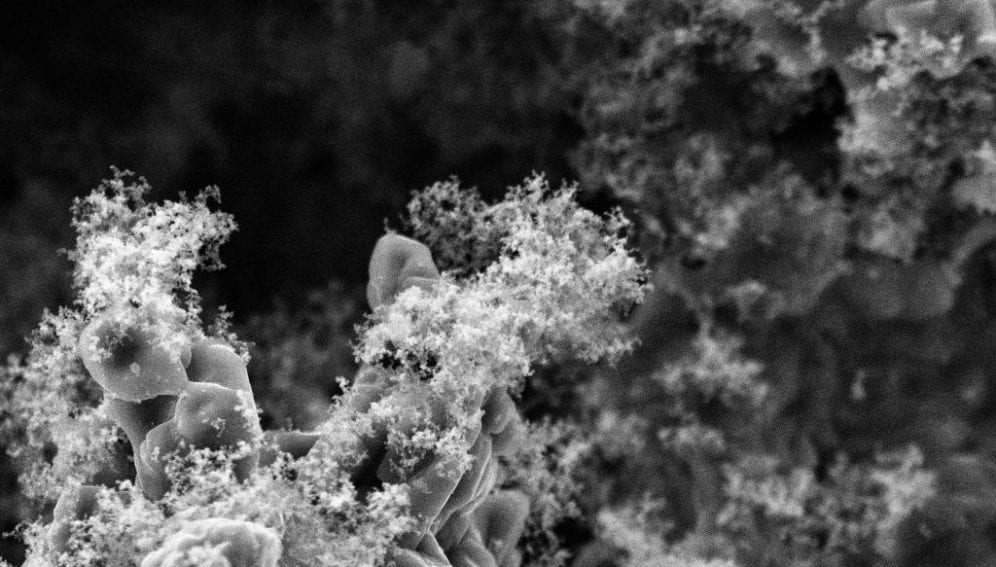Send to a friend
The details you provide on this page will not be used to send unsolicited email, and will not be sold to a 3rd party. See privacy policy.
The tablet, MadiDrop, invented by PureMadi — a non-profit organisation of the University of Virginia, United States — was presented at the organisation's one-year celebration event last week (8 March).
It consists of a small ceramic disk filled with silver or copper nanoparticles that is placed inside a water vessel, where it can repeatedly disinfect water for up to six months.
"You drop it in your water container, fill the container up at night and the water will be safe to drink for all the next day." The tablet is capable of treating 20 litres of water per day."There is nothing easier," James Smith, a professor in the Environmental and Water Resources programme at the University of Virginia who co-leads the PureMadi project tells SciDev.Net.
Only trace amounts of silver and copper nanoparticles are released into the water — at levels that are safe for human consumption, but high enough to kill waterborne pathogenic micro-organisms, says Smith.
The tool developed for use in communities without safe drinking water is named 'Madi' after the Tshivenda (one of the official languages of South Africa) word for water.
Smith says there is need for more long-term field tests on the tablet's life span.
"Based on shorter-term tests that we can extrapolate, it should work for six months," he says. "We will be conducting longer-term tests in South Africa in June, July, and August."
It is hoped that the tablet will improve the supply of safe water to the community of Mashamba in South Africa and beyond, says John Mudau, director of the Centre for Rural Development and Poverty Alleviation at the University of Venda, South Africa.
The university is ensuring that the tablet complies with South African safety standards; that education on water quality reaches the rural communities of Limpopo province that have little or no access to clean water; and that locals accept the tablet.
The process is technically viable, says Anthony Turton, a water and environment expert in the Centre for Environmental Management at the University of Free State, South Africa.
However, he warns that the filter's sustainability is predicated on a number of factors including cost and social acceptability.
PureMadi established a water filter factory in Limpopo province, South Africa last year, employing local workers who have already produced several hundred alternative flowerpot-like water filters.
This means that it is likely to attract support from other companies eager to demonstrate their commitment to sustainability and regional development, Turton adds.
The additional value of the tablet lies in the way it provides a transfer of skills through usage of cheap local materials and the employment of local people from deeply impoverished communities to produce these gadgets, he says.
Smith is uncertain as to how much the tablet will cost. But he adds: "If we can obtain a price point of US$5, it would likely be the least-expensive or among the least expensive point-of-use water purification methods available on the market".
This article has been produced by SciDev.Net’s Sub-Saharan Africa desk.














